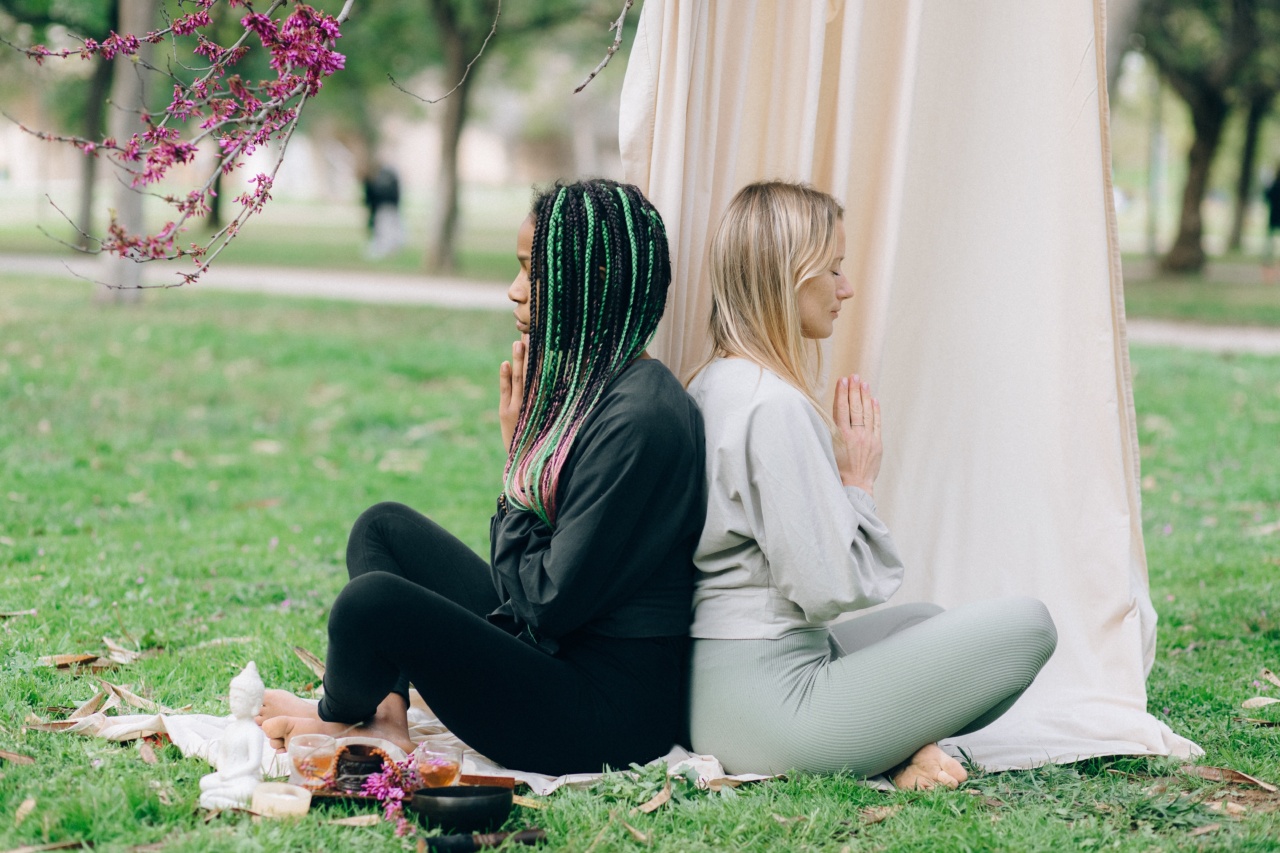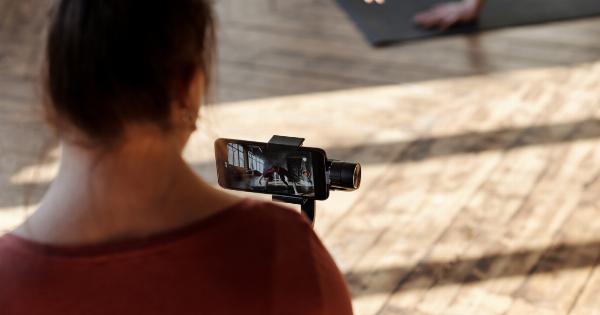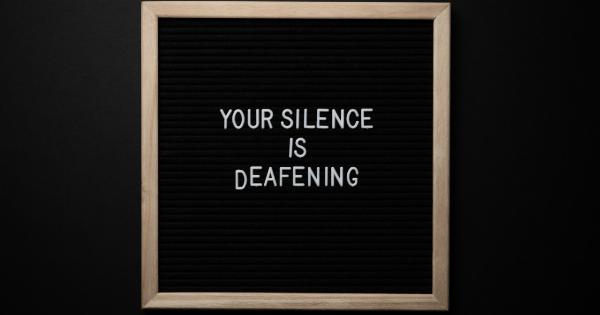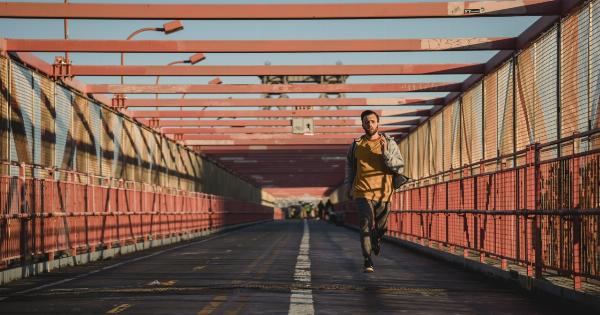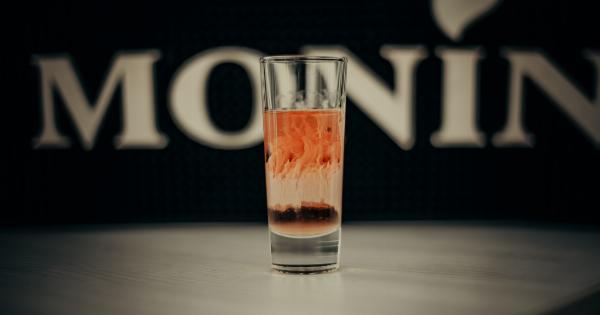For many women, menstruation can come with its fair share of discomfort. From painful cramps and bloating to fatigue and mood swings, the monthly cycle can disrupt daily life and hinder productivity.
While there are various methods to alleviate menstrual discomfort, yoga has proven to be an effective and natural way to reduce pain and promote overall well-being during this time of the month.
The Benefits of Yoga for Menstrual Discomfort
Yoga is an ancient practice that combines physical postures, breathing techniques, and meditation to promote overall health and harmony in the body and mind. When it comes to menstrual discomfort, yoga offers several benefits:.
- Pain Relief: Certain yoga poses help stretch and relax muscles in the lower abdomen, relieving cramps and reducing pain.
- Bloating Reduction: Yoga can stimulate digestion, reduce water retention, and alleviate bloating, helping you feel more comfortable during your period.
- Stress Reduction: The practice of yoga promotes relaxation and reduces stress levels, which can help manage mood swings and emotional changes that often accompany menstruation.
- Improved Blood Flow: Specific yoga poses increase blood circulation in the pelvic region, potentially reducing heavy flow and easing menstrual symptoms.
- Enhanced Well-being: Regular yoga practice can improve overall well-being, making your menstrual cycle more manageable and ensuring a smoother transition into each phase.
3 Yoga Poses to Alleviate Menstrual Discomfort
Let’s explore three yoga poses that target common menstrual discomfort and provide relief:.
1. Child’s Pose (Balasana)
The Child’s Pose is a gentle forward fold that stretches the lower back, hips, and thighs. This pose promotes relaxation, relieves tension, and gently massages the abdominal organs. To perform the Child’s Pose:.
- Kneel on the floor with your knees hip-width apart and your big toes touching.
- Sit back on your heels, separating your knees wider than hip-width.
- Exhale and lower your torso between your thighs, allowing your forehead to rest on the mat.
- Extend your arms forward or place them alongside your body, palms facing up.
- Breathe deeply and hold this pose for 1-3 minutes, focusing on relaxing your body and quieting your mind.
- To release the pose, gently walk your hands back, sitting up onto your heels.
The Child’s Pose gently stretches the lower abdomen, relieving cramps and promoting blood flow to the pelvic region. It is a calming pose that allows you to connect with your breath and find comfort despite discomfort.
2. Reclining Bound Angle Pose (Supta Baddha Konasana)
The Reclining Bound Angle Pose is a restorative pose that opens the hips and groins while stimulating the pelvic area. It helps relieve menstrual cramps, sciatica, and lower back pain. To perform the Reclining Bound Angle Pose:.
- Lie on your back with your knees bent and feet together, allowing your knees to fall open to the sides.
- Place blocks or folded blankets under your knees for support if needed.
- Rest your arms alongside your body, palms facing up.
- Breathe deeply and relax into the pose, aiming to stay in this position for 5-10 minutes.
- When ready to release, bring your knees together and roll gently onto one side before slowly sitting up.
Reclining Bound Angle Pose increases blood circulation to the pelvic region, promotes relaxation, and relieves menstrual discomfort. This pose is particularly helpful for soothing both physical and emotional symptoms associated with menstruation.
3. Bridge Pose (Setu Bandhasana)
The Bridge Pose is a gentle backbend that stretches the abdomen, chest, and neck while strengthening the glutes and hamstrings. It stimulates the abdominal organs, improves digestion, and can help relieve menstrual discomfort. To perform the Bridge Pose:.
- Lie on your back with your knees bent and feet hip-width apart, flat on the floor.
- Place your arms alongside your body, palms facing down.
- Press firmly into your feet and lift your hips off the ground, engaging your glutes and core.
- Keep your thighs parallel and interlace your fingers beneath your pelvis, pressing your arms down for support.
- Breathe deeply and hold the pose for 30 seconds to a minute before gently releasing it.
Bridge Pose stretches the lower abdomen, improves blood flow to the pelvic region, and relieves menstrual discomfort. It also helps counteract the effects of prolonged sitting, which can worsen menstrual cramps and overall discomfort.
Incorporating Yoga for Menstrual Discomfort
When experiencing menstrual discomfort, incorporating these yoga poses into your routine can offer relief and improve your overall well-being. It’s essential to listen to your body and modify the poses as needed.
If any pose feels uncomfortable or exacerbates pain, discontinue it and try a different one. Additionally, it’s recommended to consult with your healthcare provider before starting any new exercise routine, including yoga.
Remember, yoga is not a quick fix, and the benefits may take time to fully manifest. Consistency and regular practice will yield the best results in managing and alleviating menstrual discomfort.
Alongside yoga, maintaining a balanced diet, staying hydrated, practicing self-care, and getting adequate rest are crucial for promoting overall well-being during your period.
By embracing these yoga poses and mindful practices, you can navigate your monthly cycle with greater ease, find relief from menstrual discomfort, and promote overall wellness.
